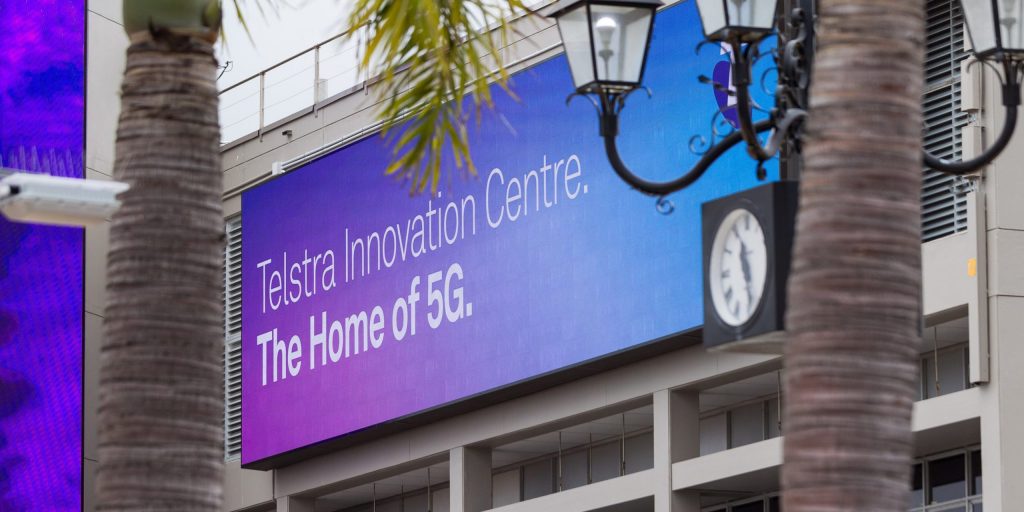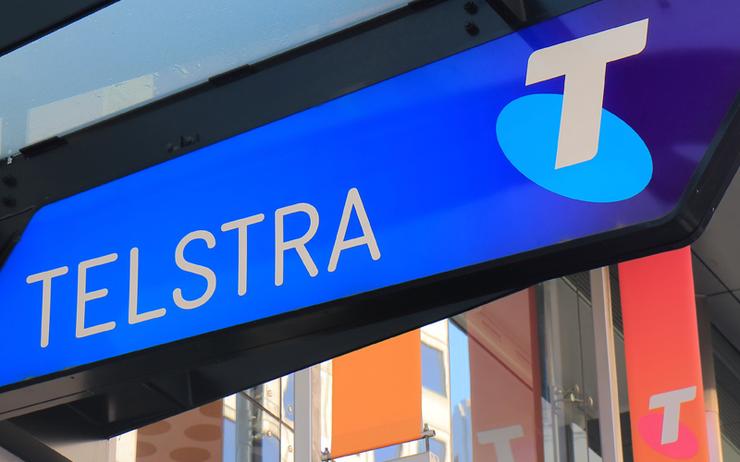There are strong rumours swirling on the Internet that Telstra’s strongly hinted new plans will have a minimum price of $50 a month with no lock in contract.
If this is true it means that Telstra is following the lead of Vodafone which made the same changes in mid August 2017 to rip up the idea of long-term fixed contracts.
Rumour is also that Telstra will ditch controversial lease plans which have been described in the past by Vodafone’s Ben McIntosh as:
The equivalent of paying off someone else’s mortgage and never getting to own the house”.
If the rumours are true the four expected options for Telstra mobile customers that will be announced this week will be: $50, $60, $80, $100 a month.
Telstra will use their 5G first mover advantage and larger network coverage area as one of the justifications for charging more than their competitors.

All of these $50 and up plans will be casual month to month plans with no lock-in contract. Customers will be able to move in between the plans anytime without having to payout out the bundled phone as they have to at present.
On the plus side the $10/GB data overage fees will be removed and Peace of Mind data (throttling to 1.5mbit/s) will be included in all the monthly billed plans as a sweetener to ease the pain of increased monthly fees.
Telstra need to keep their shareholders happy and the rumours are that this change in mobile plans is aimed at increasing the all important Average revenue per user (ARPU) to $50 or more.
It is unclear whether port in credits of $10/month will also be removed in this new plans refresh. These have up until now been applied quite often by Telstra and Telstra dealer sales staff to try and entice customers away from Optus and Vodafone. If the aim is to increase ARPU then the odds are port in credits will be gone or much harder to obtain.
These rumours may or may not be true, we will find out later this week however they make sense in the context of Telstra’s continued aim on simplifying their product offerings, cutting jobs, slashing internal fixed costs and aiming to increase the amount of money each customer pays them.





